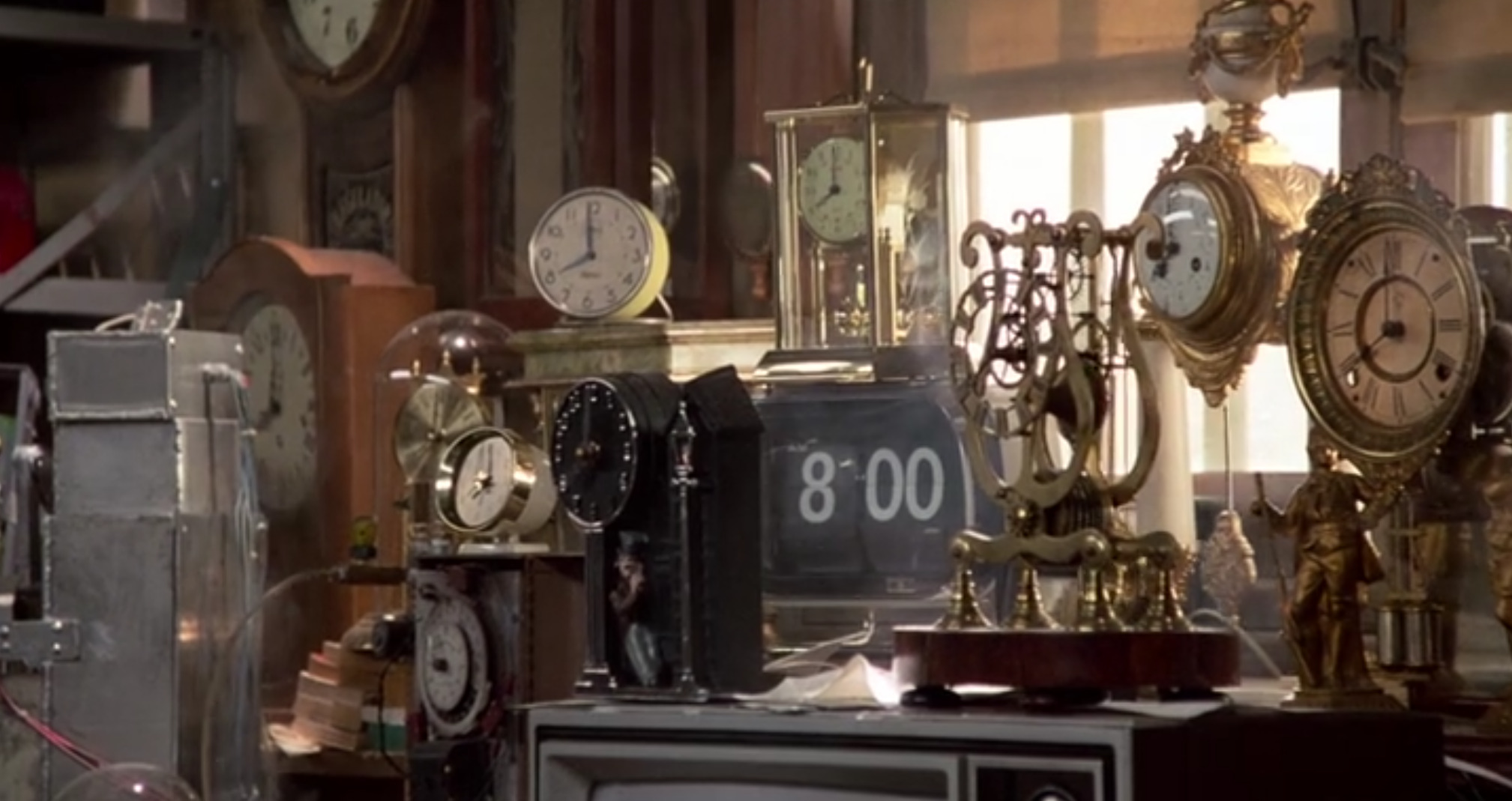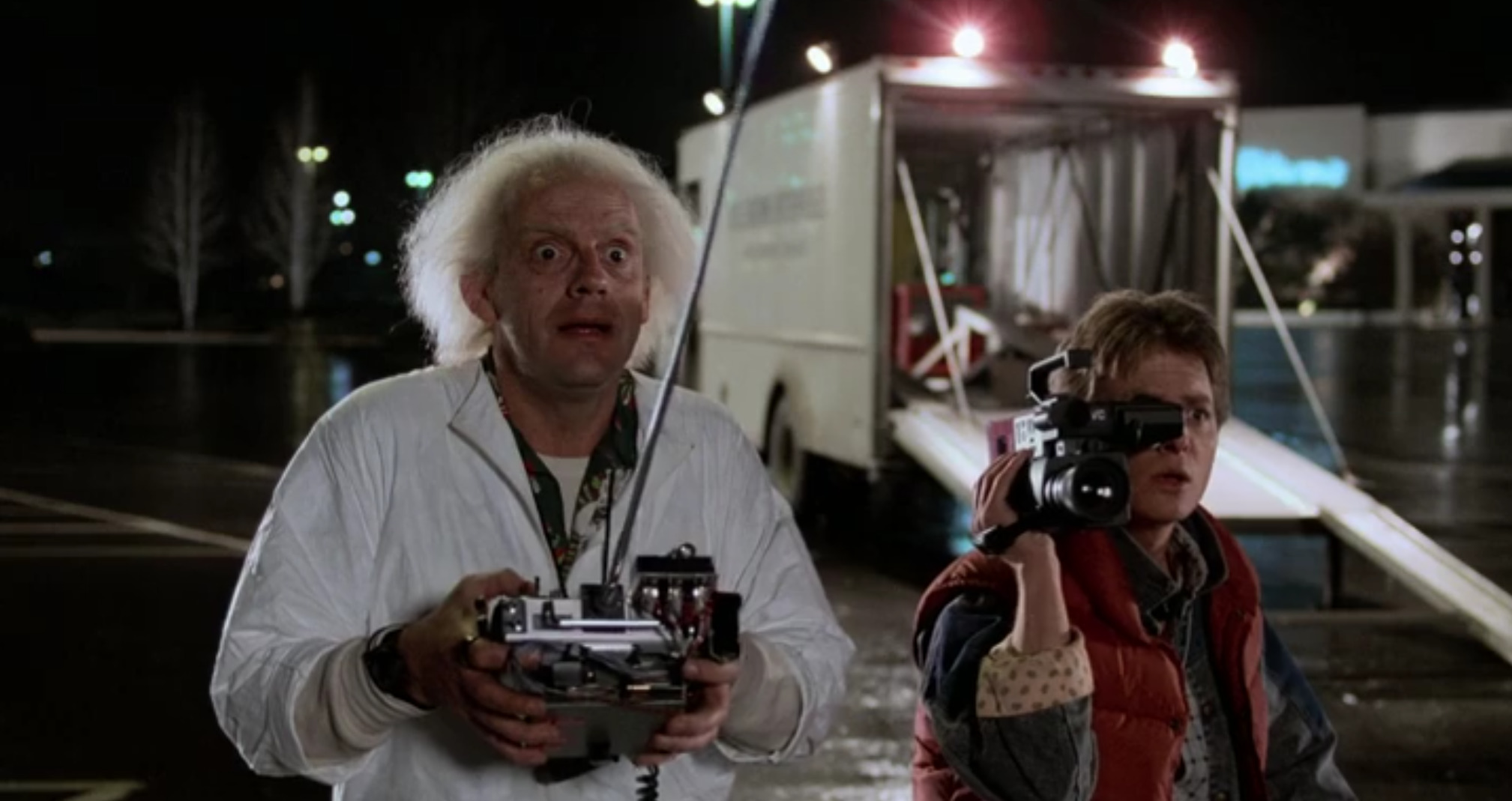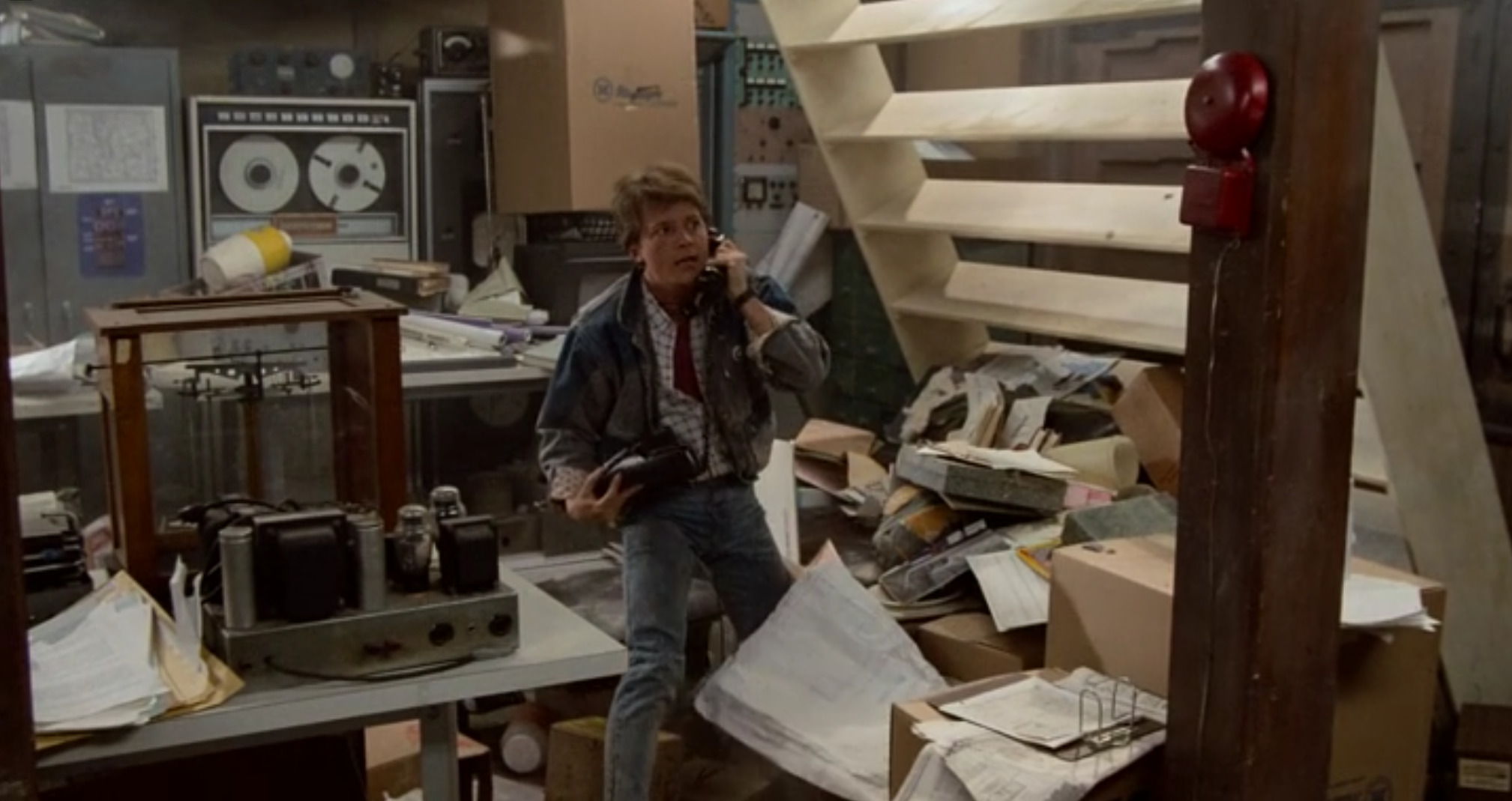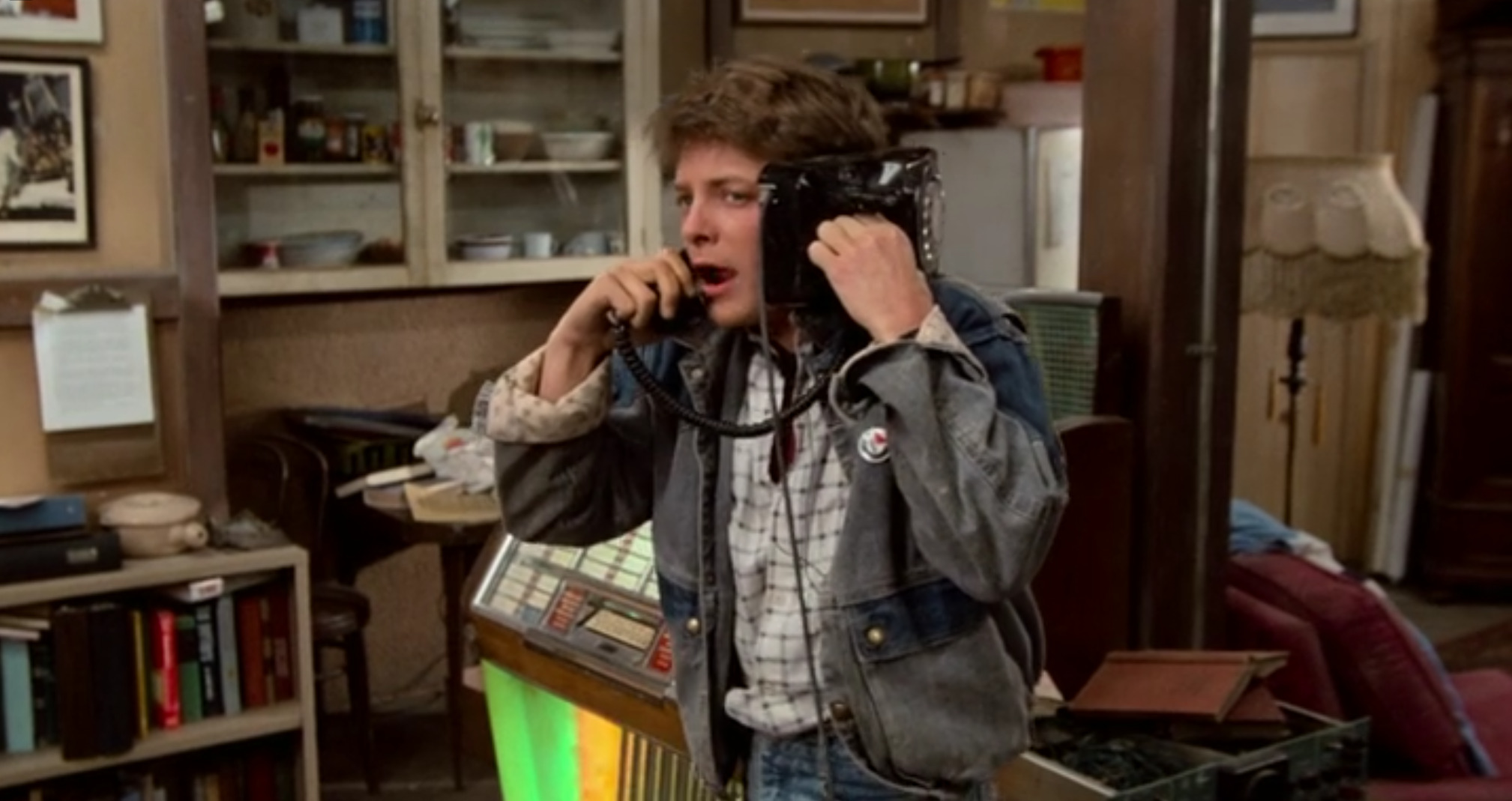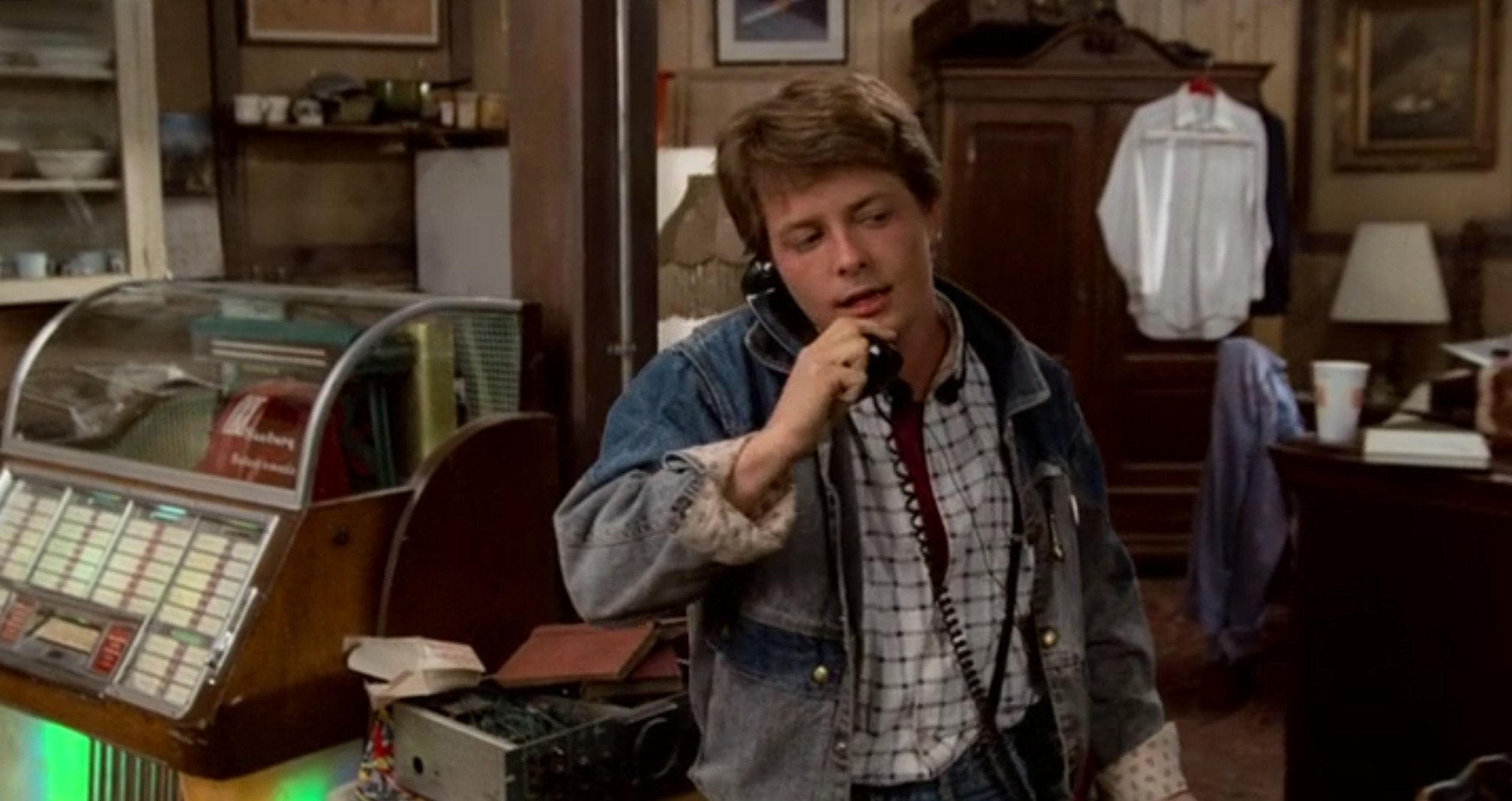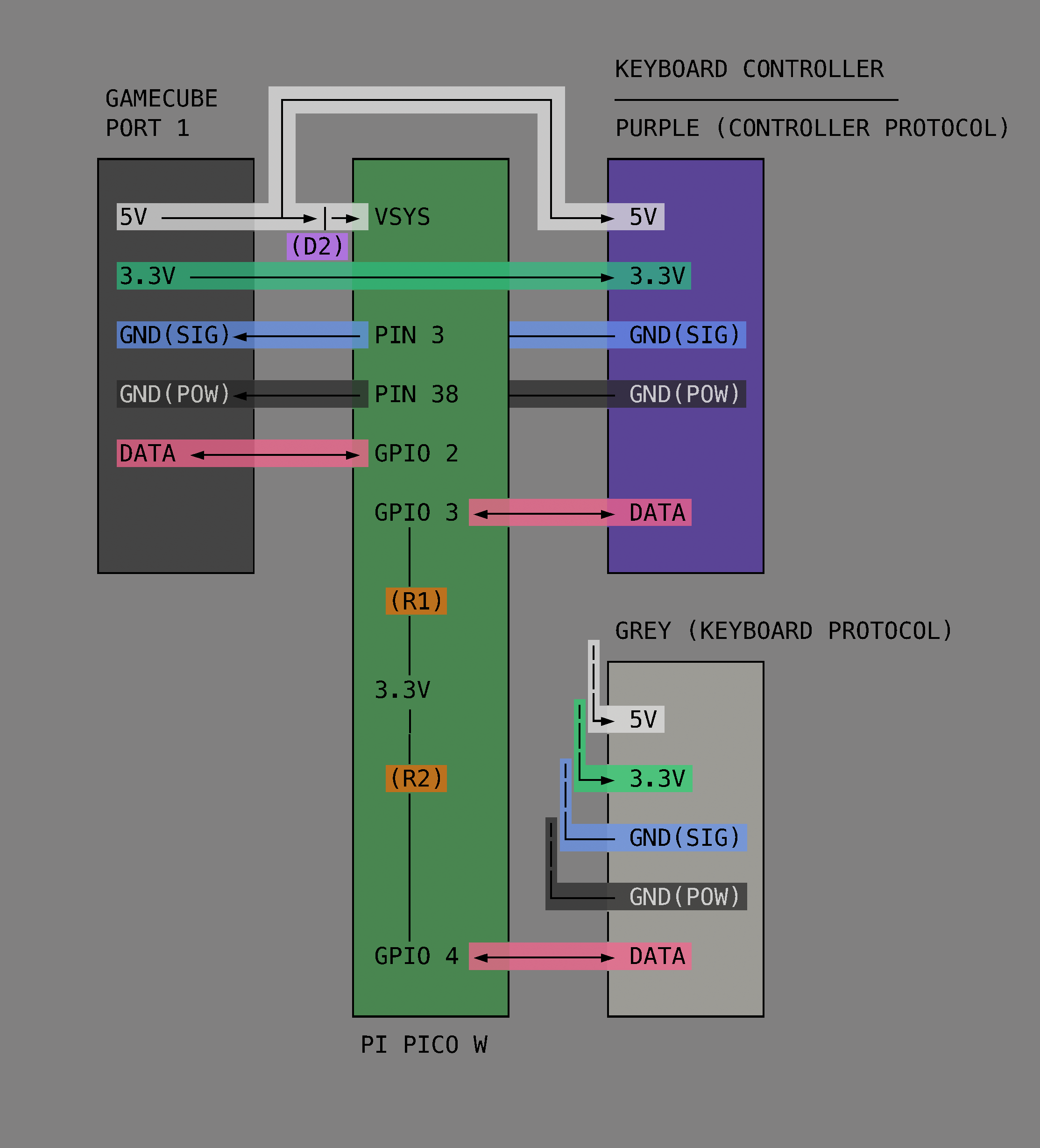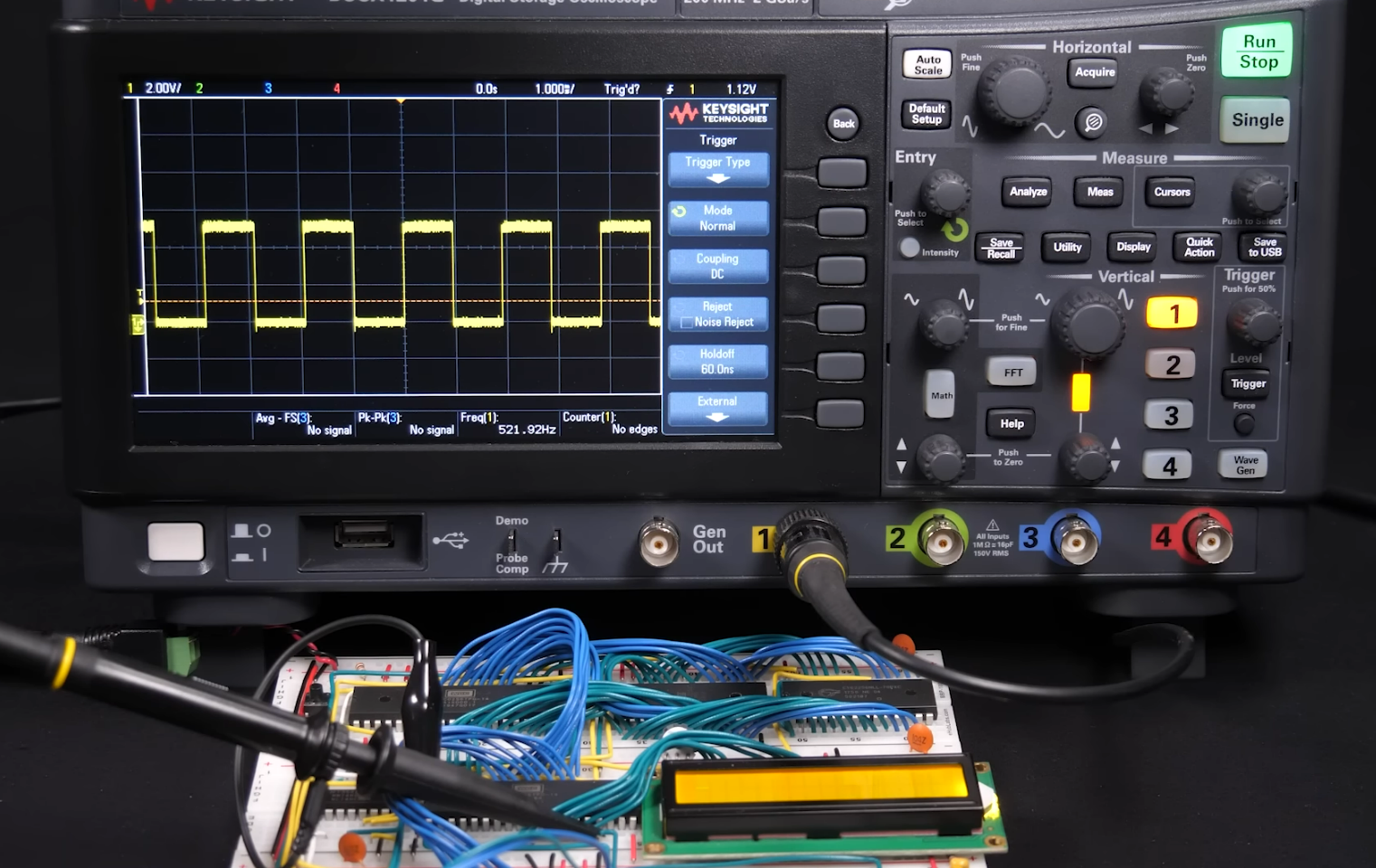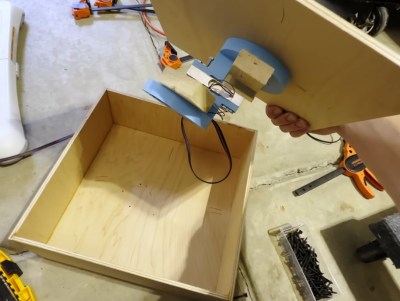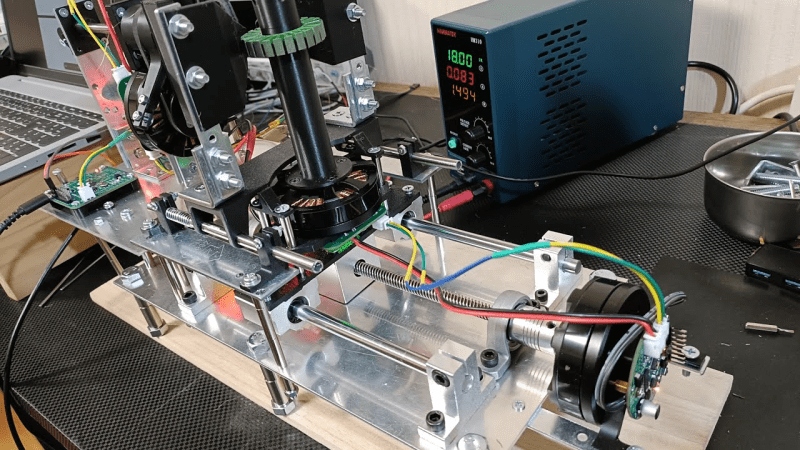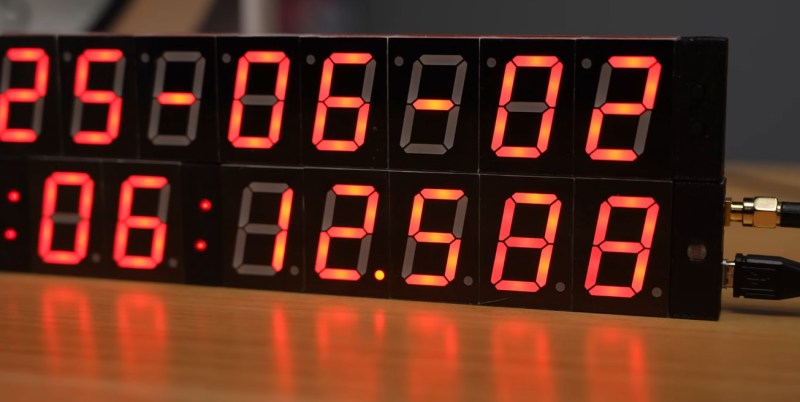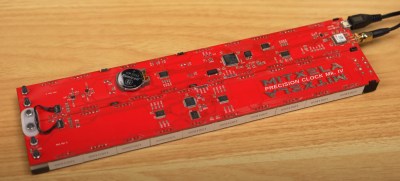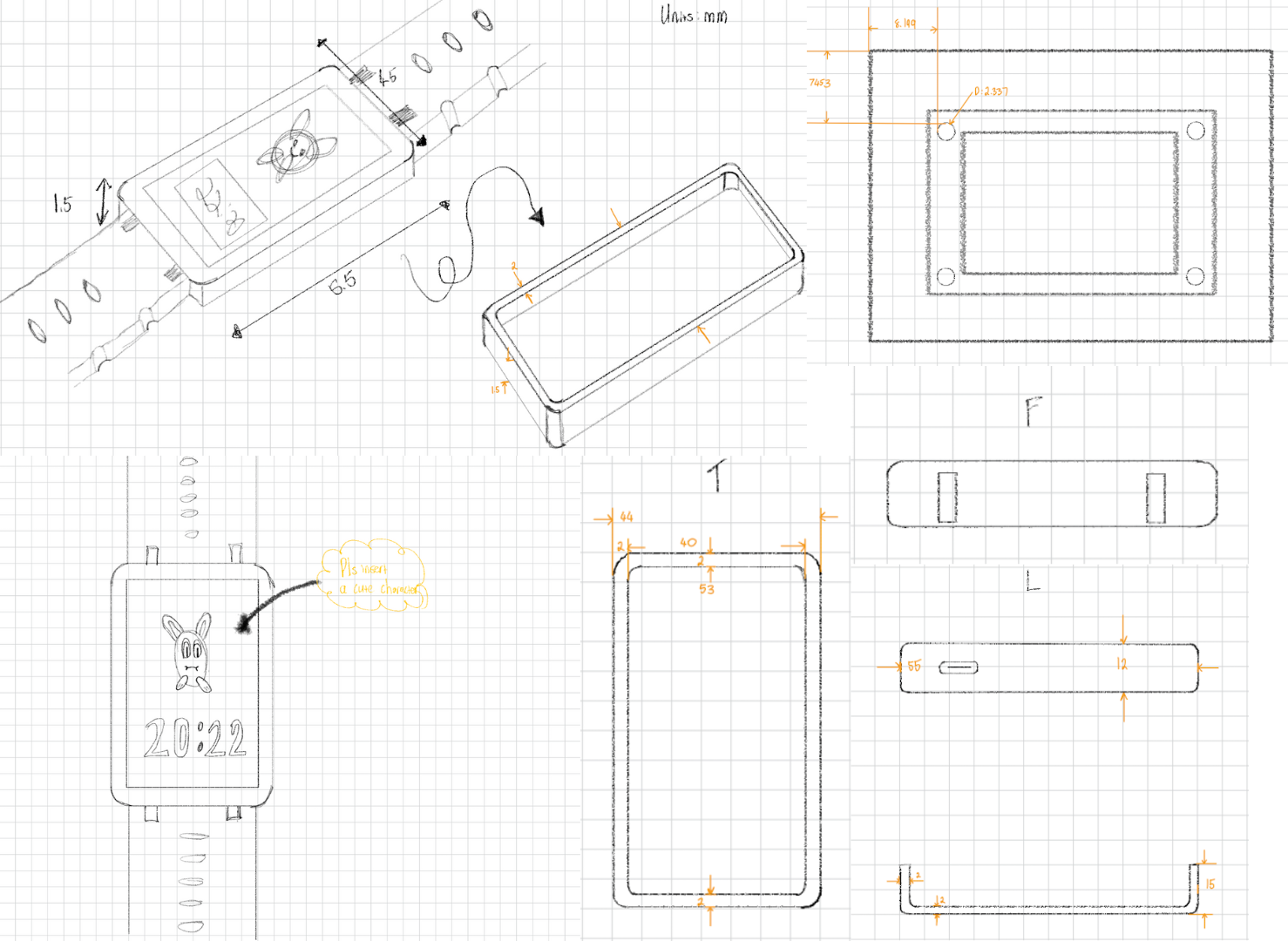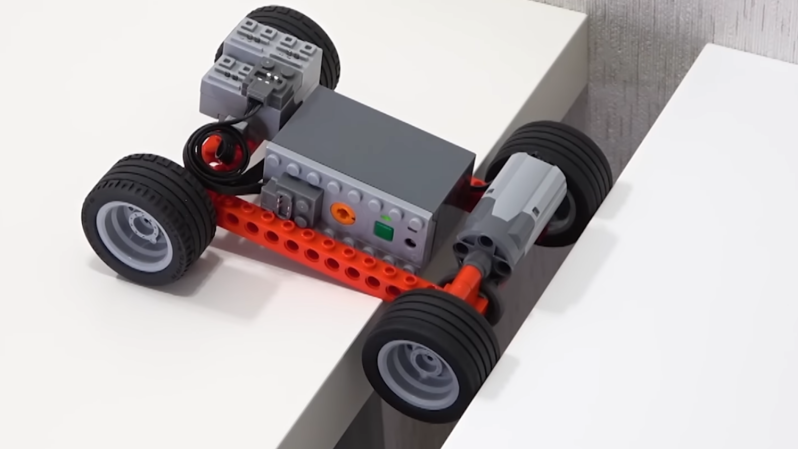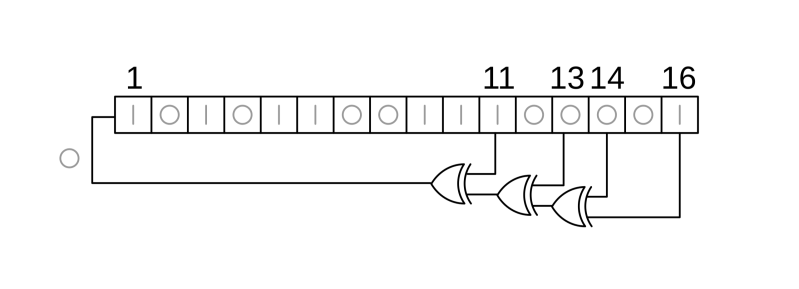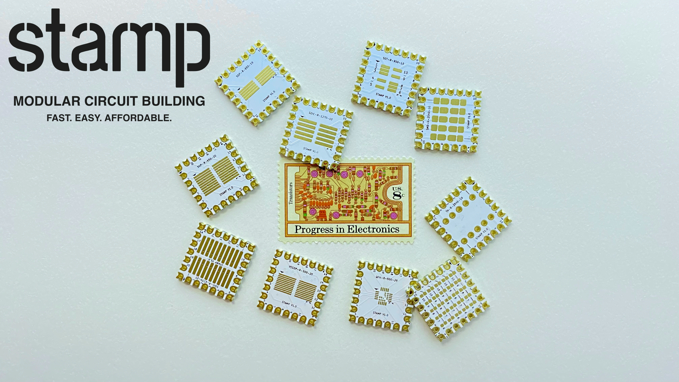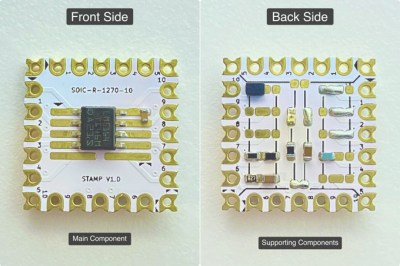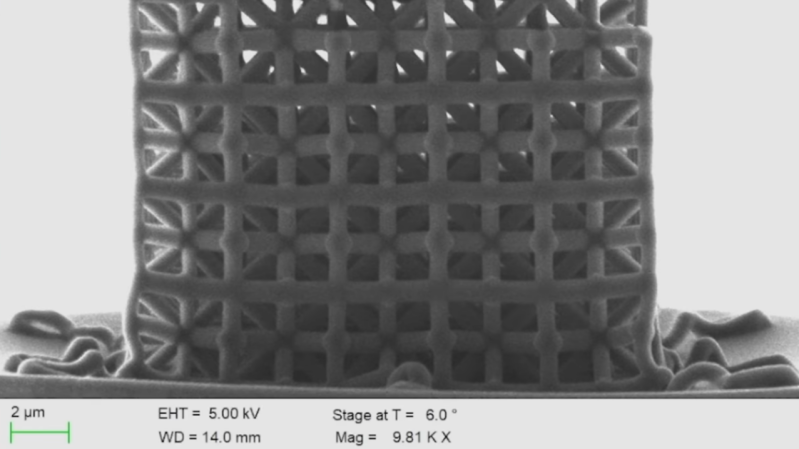Back to the Future, 40 Years Old, Looks Like the Past

Great Scott! If my calculations are correct, when this baby hits 88 miles per hour, you’re gonna see some serious shit. — Doc Brown
On this day, forty years ago, July 3rd, 1985 the movie Back to the Future was released. While not as fundamental as Hackers or realistic as Sneakers, this movie worked its way into our pantheon. We thought it would be appropriate to commemorate this element of hacker culture on this day, its forty year anniversary.
If you just never got around to watching it, or if it has been a few decades since you did, then you might not recall that the movie is set in two periods. It opens in 1985 and then goes back to 1955. Most of the movie is set in 1955 with Marty trying to get back to 1985 — “back to the future”. The movie celebrates the advanced technology and fashions of 1985 and is all about how silly the technology and fashions of 1955 are as compared with the advancements of 1985. But now it’s the far future, the year 2025, and we thought we might take a look at some of the technology that was enchanting in 1985 but that turned out to be obsolete in “the future”, forty years on.
As the opening credits roll there are a bunch of different ticking clocks, signaling the time motif. But they are all analog clocks, some with pendulums, and not an LED or 7-segment display in sight. The only “digital” clock is a split-flap. The signaling of the time motif by clocks is done throughout the film, from the control panel in Doc’s DeLorean time-machine to the stopped clock on the town hall. Of course these days clocks have gotten much better and now they can even set themselves.
The JVC hand-held video camera recorded to VHS tape. The competing format to VHS at the time was known as Betamax which was developed by Sony. You will of course still find hand-held video cameras today but these days they are far more capable such as with 8K video cameras and you probably have one as a feature of your smartphone anyway. The tape-based VHS and Betamax media has been made obsolete mostly by flash media.
The old Cathode Ray Tube (CRT) television gave way to flat-screen LCD displays and nowadays transparent OLED is state of the art. There were two competing video standards back in 1985 being NTSC which was used in North America, Japan, parts of South America, and so on; and PAL which was used in Europe, Australia, parts of Asia, and Africa.
These old standards didn’t accommodate more than 30 frames-per-second, NTSC was 29.97 Hz and PAL was 25 Hz; and long before “widescreen” 16:9 aspect ratios were released in the 90s they had resolutions of up to 720 × 480 for NTSC and 720 × 576 for PAL. That’s “up to”, there were versions with resolutions worse than this. Of course this is a long way from the 4K@60Hz you have become accustomed to! Also there were no remote controls for these old beasts, you had to get up out of your chair to adjust the volume or change the channel, oh the indignity of it all!
When Marty McFly rocks out, he plugs his guitar into a vacuum tube amplifier, a piece of gear that has proven to have surprisingly long legs. You would think that it would now be an anachronism, replaced by transistor technology, but many guitarists still think that analog vacuum tube technology has a superior and warmer distortion sound. Powering the amp is another dinosaur that survived. The Variac controller shown is an autotransformer that is still made and used, although in 1985 the Variac trademark was owned by General Radio but is now owned by ISE, Inc.
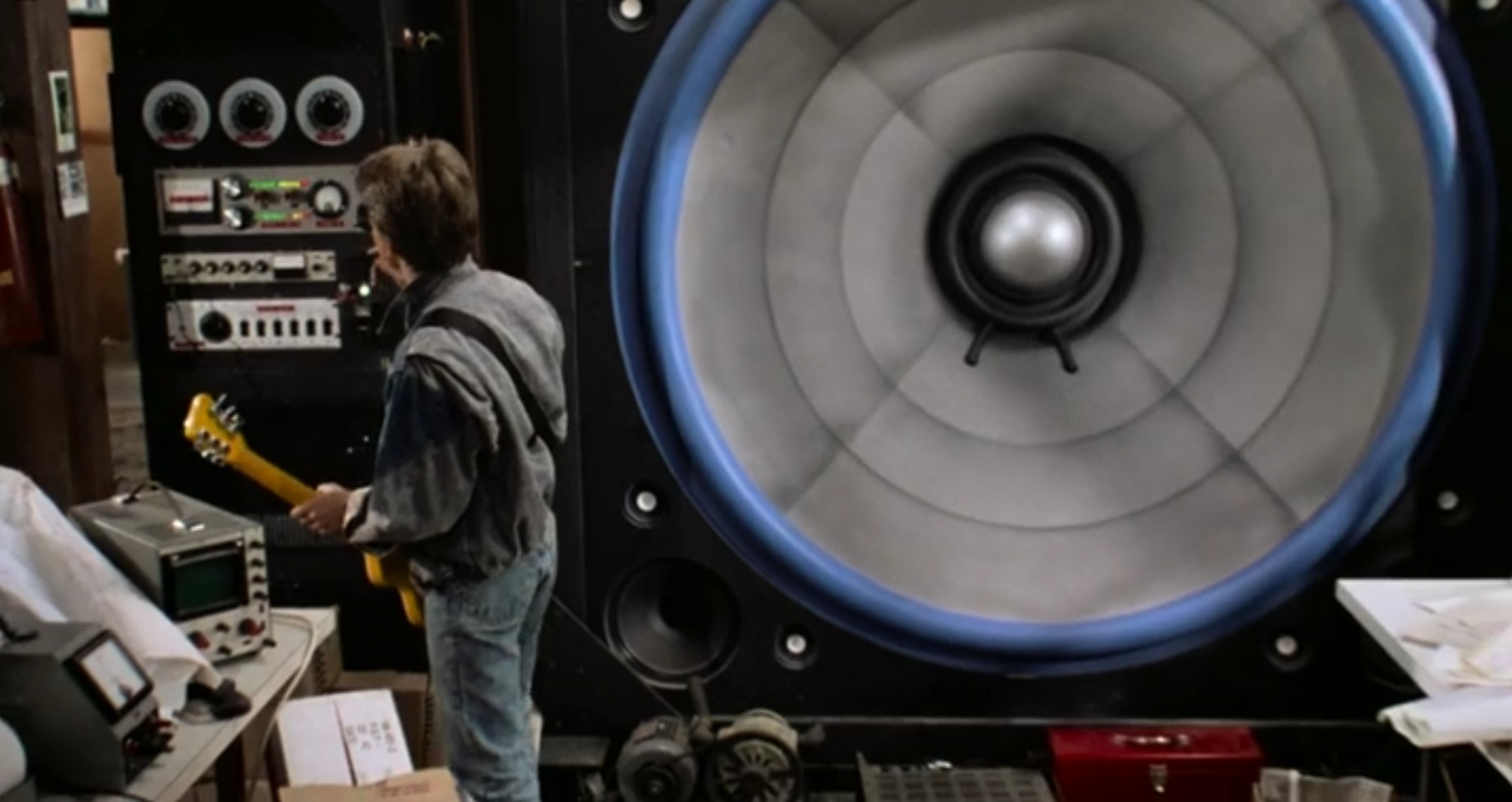 The Cathode-Ray Oscilloscope (CRO) on the table there is completely obsolete, but it remains customary for a hacker to get nostalgic and buy one on eBay. The analog Voltage-Ohm-Milliamp (VOM) meter is maybe only half obsolete, and as with the CRO, a nostalgic hacker will still have one. Everyone else has a Digital Multi-Meter (DMM) which can do everything a VOM could do, and much more.
The Cathode-Ray Oscilloscope (CRO) on the table there is completely obsolete, but it remains customary for a hacker to get nostalgic and buy one on eBay. The analog Voltage-Ohm-Milliamp (VOM) meter is maybe only half obsolete, and as with the CRO, a nostalgic hacker will still have one. Everyone else has a Digital Multi-Meter (DMM) which can do everything a VOM could do, and much more.
The old reel-to-reel magnetic tape recorder and player gave way to miniature flash storage in the end. And also a bunch of other media formats in the interim, ranging from floppy-disks to hard-drives. Reel-to-reel magnetic tech had a number of drawbacks, not least was that rewinding and fast-forwarding to find the track you were looking for was a real hassle. (Should we say a reel hassle?) Also the signal would get weaker and more distorted the more copies were made, this was known as generation loss and isn’t relevant to digital media.
The pulse-dial telephone gave way first to DTMF-based phones and then ultimately to cellphones and Voice over IP. People who are too young to have seen or used a rotary-dial phone won’t know how slow and annoying they were to use. To key in a number you had to rotate the dial in proportion to the number you wanted to enter, one for one, two for two, up to nine for nine and ten for zero; so if you had larger numbers in the phone number you were keying in you would have to wait for the dial to count back, which was tedious and boring. It is certainly not for practicality reasons that hackers keep trying to bring them back.
Like the pulse-dial and DTMF-based landline telephones the cordless telephone also gave way to cellphones and VoIP, but the old cordless telephones get a special mention because they were totally insecure. The radio signals they used were easily sniffed by anyone who knew how to operate a radio. To patch this technical vulnerability, the FCC made listening to particular frequencies illegal, and manufacturers cut out the cellphone and wireless phone bands from their scanners.
And to wrap-up let’s give a special mention to the push-button Seeburg vinyl jukebox. These were commonplace back in the day and every good bar had a coin-operated one. These days you’re unlikely to find a jukebox at the bar, it is perhaps more likely that one of the bar staff is streaming music to the bar’s Bluetooth speakers from their smartphone.
Thanks for coming with us on this brief journey back to 1985, it was fun to take some time to look at some of the things that have changed, and to pay our respects to this icon of hacker culture on its fortieth birthday. Don’t forget to sound-off in the comments regarding where you have seen references to the movie!
